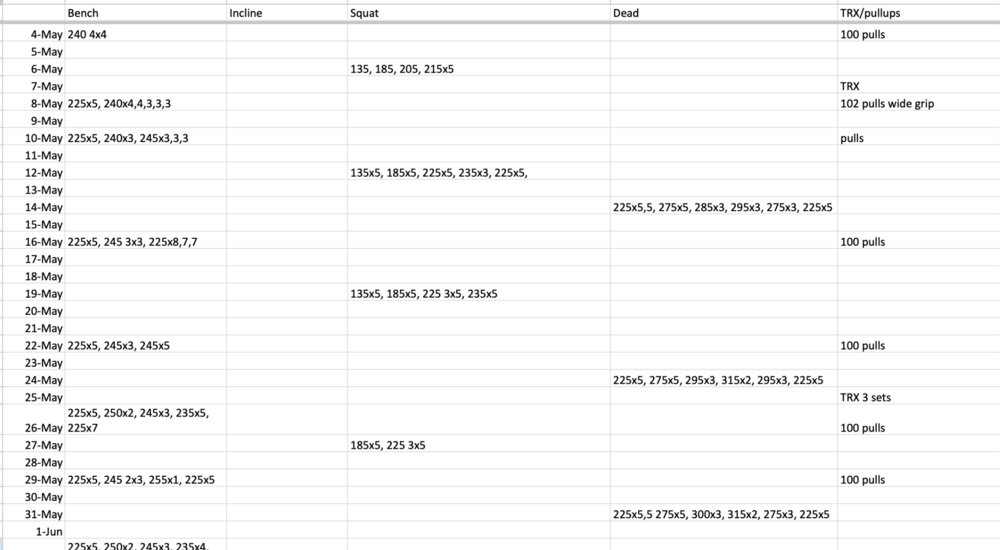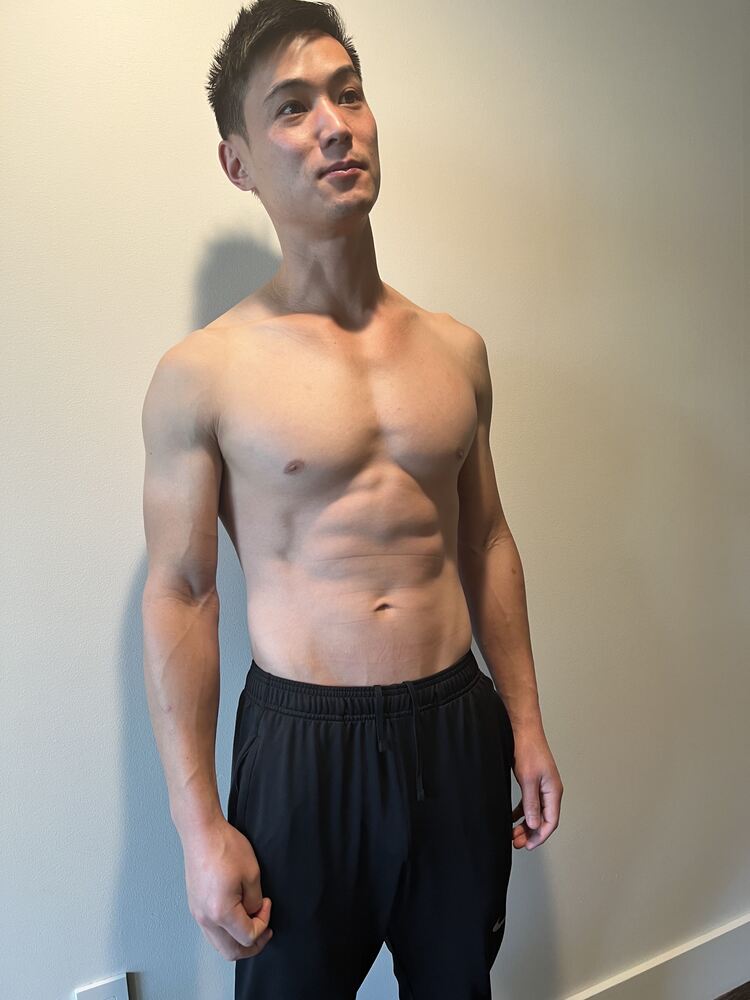How to lift weights to gain strength and muscle
TLDR: What you need to know
- Your goal when you lift weights is to improve strength. If you gain strength, you will gain muscle. To improve strength, you must track your workouts, and plan on progress. Not doing so results inevitably in lack of progress and wasted time aka "F-arounditis." Everyone on the Ray Wu MD program tracks their workouts.
- Rule 1: Keep it simple. Focus on the most important movements which include bench press, squats, deadlifts, and pull-ups. There are valid reasons to not do these core exercises, but not many.
- Rule 2: Write down your workouts, every time. This is immensely important.
- Rule 3: Challenge yourself to best what you did last time, based on what you wrote down (not how you feel).
- Following these 3 simple rules will get you way further than you'd ever believe.
Ray's Take
When I read this article from Martin Berkhan 10 years ago, I thought it was one of the best articles I'd ever read.
I highly recommend reading the full article - Martin nails so many points (and it is hilarious).
- The vast majority of people that work out never make any progress in strength or aesthetics. He calls this Fuckarounditis.
- The reasons for this are "the illusion of complexity" aka people think complicated is better, whereas in strength training, the right choices are "limited and uncomplicated."
- The right choices are to focus on the core lifts of bench, squat, deadlift, and chin-ups.
- The only way to improve is to write down every single workout you do.
- You try to improve today's lifts vs the same lift last time.
I immediately adapted this to my life, and have kept a simple spreadsheet tracking my bench, squat, deadlift, and chin-ups that i've kept up to date for the last 10 years. Here is a sample for workouts i did in a month:

Through just keeping it simple, and writing down my numbers, I got to a bench press of 295 lbs, squat of 340 lbs, deadlift of 460 lbs, 5 sets of 34 chin-ups(while weighing ~150 lbs).
This is about what I looked like at the time (and don't look that much different now, though I lift a bit less weight)

Does this mean you have to bench, squat, deadlift, and do chin-ups?
No, but you should have a good reason if you want to improve strength (and aesthetics) and don't want to do these core lifts.
Does this mean you should not do other exercises like bicep curls, tricep pushdowns, and "abs"?
You can if you want, but know it is for your own fun vs actually being necessary. I don't really do ab exercises, and only do "biceps" at hotel gyms.
Even if you choose not to do the core lifts, it is essential that you track all of your workouts, and plan for progress.
Again, this means you challenge yourself to beat what you actually lifted last time on the same exercise:
- one more pound of weight with the same number of reps
- Same weight, with one more rep
- Same weight, same reps, with less time in between sets
- Same weight, same reps, more difficult or new angle (IE incline bench instead of flat)
You must methodically improve no matter what!
Beyond Strength Training
Beyond strength training, I believe the concept of avoiding F-arounditis applies to many other concepts in life and health. It applies to:
- Training for and improving VO2 max
- Eating well to improve body fat %
- Monitoring and improving biomarkers like apoB
- Improving sleep habits
- Improving your tennis game
- and more...
While the amount of tracking and measurement varies by the use-case, I really believe in tracking and planning for progress. Not doing so leads to a high risk of F-arounditis.
Next
Goals for strength from beginners to advanced (and a simple workout plan to improve)
Take insights and make them a part of your life.
Become a Member →